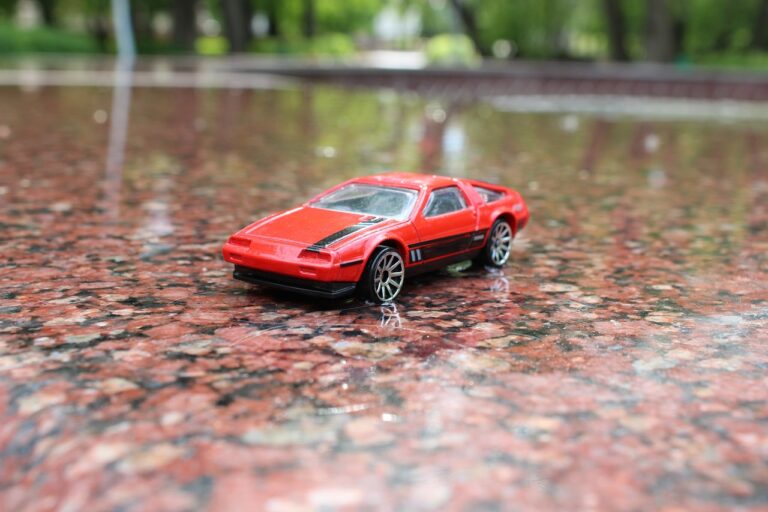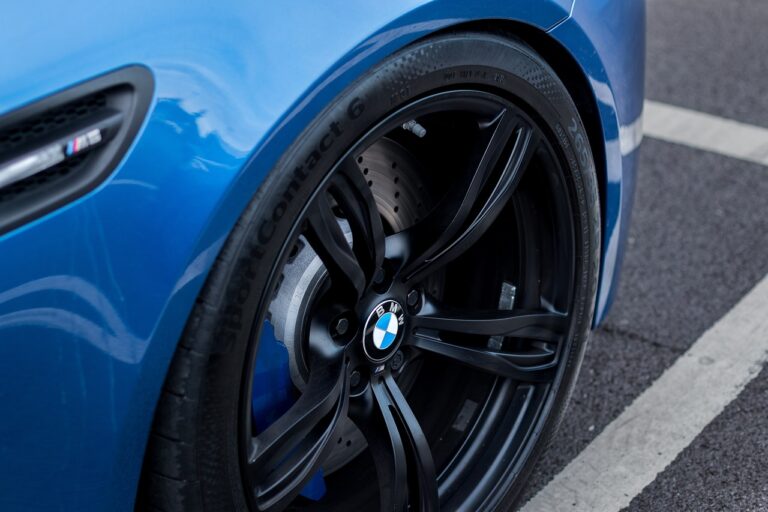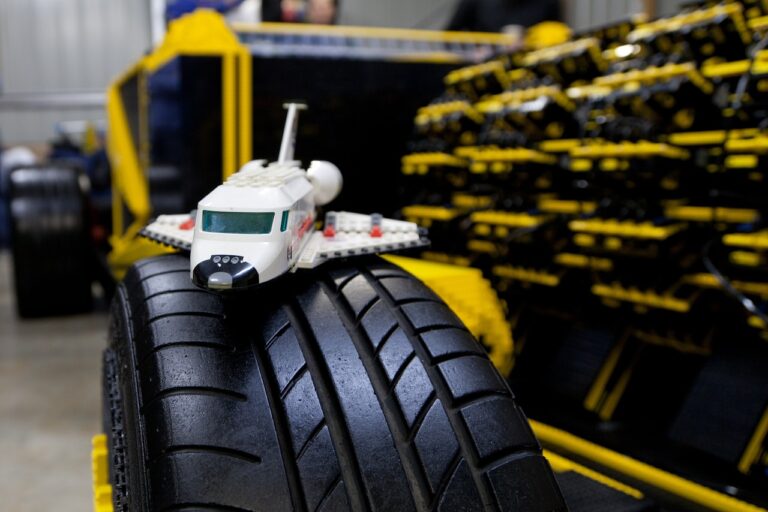The Role of Nanotechnology in Automotive Paint Coatings for Durability
Nanotechnology has revolutionized the automotive industry by enhancing the performance and durability of paint coatings. The use of nanoparticles in these coatings helps to create a protective barrier that is resistant to scratches, chips, and other forms of damage. This not only improves the overall appearance of the vehicle but also extends the lifespan of the paint job, saving both time and money for car owners.
The Science Behind Nanotechnology in Automotive Paint Coatings
Nanotechnology has revolutionized the automotive industry by enhancing the performance and durability of paint coatings. The science behind nanotechnology lies in the manipulation of particles at the nanoscale, typically ranging from 1 to 100 nanometers in size. These nanoparticles are incorporated into the paint formulation to improve its properties, such as adhesion, scratch resistance, and UV protection.
Through the process of nanoscale engineering, automotive paint coatings are able to achieve superior quality and longevity compared to traditional coatings. The small size of nanoparticles allows them to penetrate the surface more effectively, creating a strong bond that enhances the overall durability of the paint. Additionally, the increased surface area of nanoparticles provides better coverage and protection, resulting in a smoother finish with enhanced gloss and color retention.
How Nanoparticles Improve Durability in Automotive Paint Coatings
Nanoparticles play a crucial role in enhancing the durability of automotive paint coatings. These minuscule particles are engineered to exhibit exceptional properties that contribute to the longevity of the paint. By incorporating nanoparticles into the paint formulation, manufacturers are able to create a protective barrier that is highly resistant to environmental factors such as UV radiation, corrosion, and scratches.
Furthermore, nanoparticles have a larger surface area compared to traditional paint particles, allowing for better adhesion to the surface of the vehicle. This increased adhesion results in a more robust paint coating that is less prone to chipping or peeling. Additionally, the small size of nanoparticles enables them to penetrate into the microscopic imperfections of the surface, creating a more uniform and seamless finish that enhances the overall durability of the paint coating.
What are the benefits of using nanotechnology in automotive paint coatings?
Nanotechnology in automotive paint coatings provides enhanced durability, scratch resistance, UV protection, and improved overall appearance.
How do nanoparticles improve the durability of automotive paint coatings?
Nanoparticles fill in small imperfections on the paint surface, creating a smoother and more uniform coating that is less prone to damage from environmental factors.
Can nanoparticles help protect against UV damage?
Yes, nanoparticles can act as a barrier against UV rays, preventing the paint from fading or deteriorating over time.
Are automotive paint coatings with nanoparticles more expensive?
While automotive paint coatings with nanoparticles may be slightly more expensive upfront, the long-term benefits of increased durability and protection can help save money on maintenance and repainting in the future.
How does nanotechnology in automotive paint coatings contribute to a better overall appearance?
Nanoparticles help create a more vibrant and glossy finish, as well as a smoother surface that is easier to clean and maintain.







